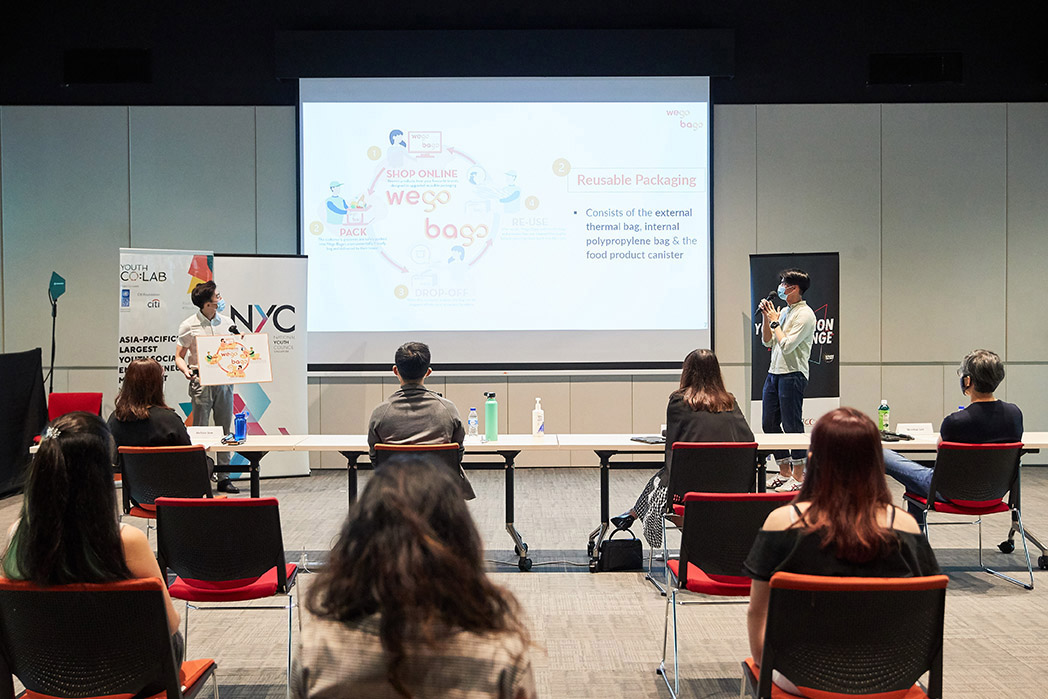Any further feedback on how to improve the project?
Lawrence
2021-01-23 19:56:27
Coming from logistics point of view, I would like to share some practical thoughts to improve on this project. One important aspect that the team needs to tackle on is PDPA compliance. Personal information of customers such as name, address, mobile, email
Ernest
2021-01-22 23:50:25
I believe thinking of new ways to consider our plastic packaging is essential. We are so used to single-use plastics that we struggle to consider other alternatives because of how convenient single-use plastics is. In this case I believe the problem is no
Rachel Chan
2021-01-22 18:07:03
If you’re talking about plastic, I’m guessing you’re referring to those plastic mail bags, some of which are sometimes padded with bubble wrap. Are you thinking about re-using these (will need to remove the customer’s name, number and address details that
Wong Wei Jian
2021-01-20 20:46:41
Will be good to consider how to operationalise the project. There are so many sizes/shapes of products, and it is inconceivable to have containers that match all of them. So you can only have fixed sizes (e.g. XS, S, M, L, XL), which causes the issues of
K. Srivarshni
2021-01-17 12:23:31
We have to consider the convenience involved in this solution, well giving incentives If the containers are brought back could be plausible, however will it change public's mindset. At the end of the day it comes down to that. To make anything permanent,
Jia Ying
2021-01-02 16:49:48
Agree with all of the previous comments - it would be important to find out where the additional costs would lie. Would the consumers/ food stall owners be bearing the additional cost? And how can you convince both parties to take on your initiative? I be
Lim Xin Yun
2021-01-01 22:44:37
Most affordable food options are at hawker centres. Perhaps you can look at working with the associations at hawker centres to get their stalls on board. The centre itself could have a container collection bay for people to return the reusable containers
maybe this will only work for certain products that are used up quickly. otherwise container may not be in the optimal condition when it has been used for too long
WeiLing
2020-12-24 00:26:44
You mentioned that the reusable containers will be collected back from users, was just wondering how you are intending to do so. Who would be the ones bearing the cost of collecting the containers back? Would you have to provide this service? Would the bu
Shauna
2020-12-23 21:26:32
Look into a competitive concept initiated by Huskee Australia
Zhong Han Lee
2020-12-23 21:00:05
For the idea to create an ecosystem where local stores can partner up with them to sell their products in reusable containers, how is your idea different from existing platforms like barepack and MUUSE?






Contact Details